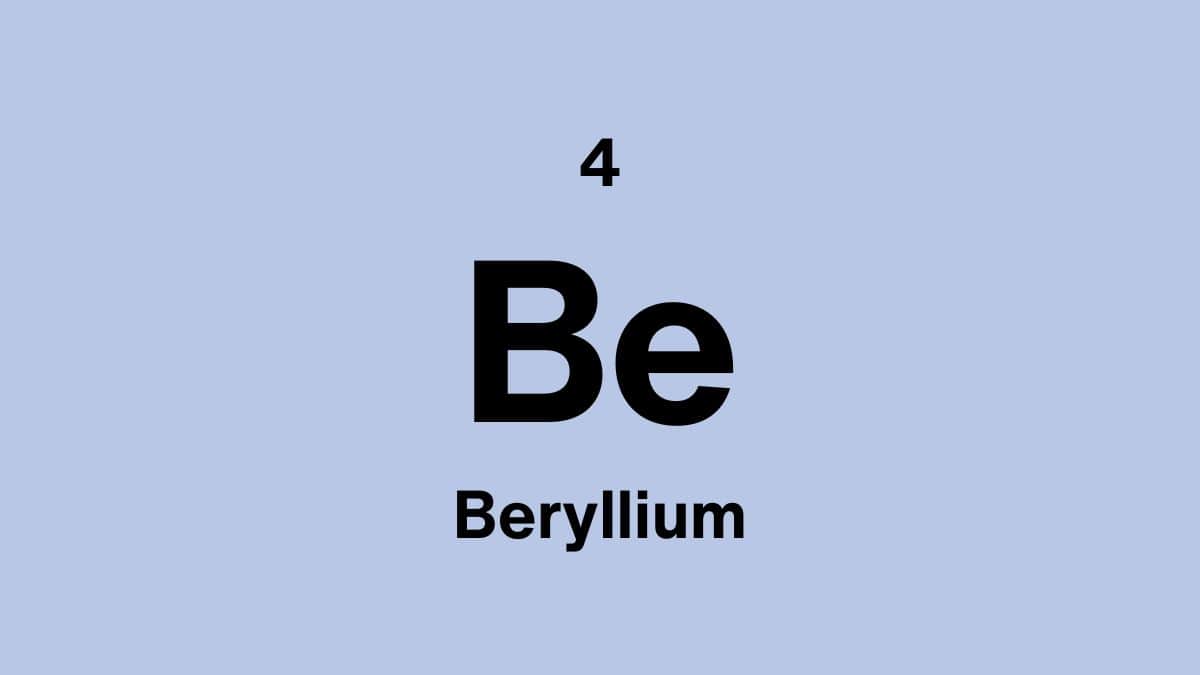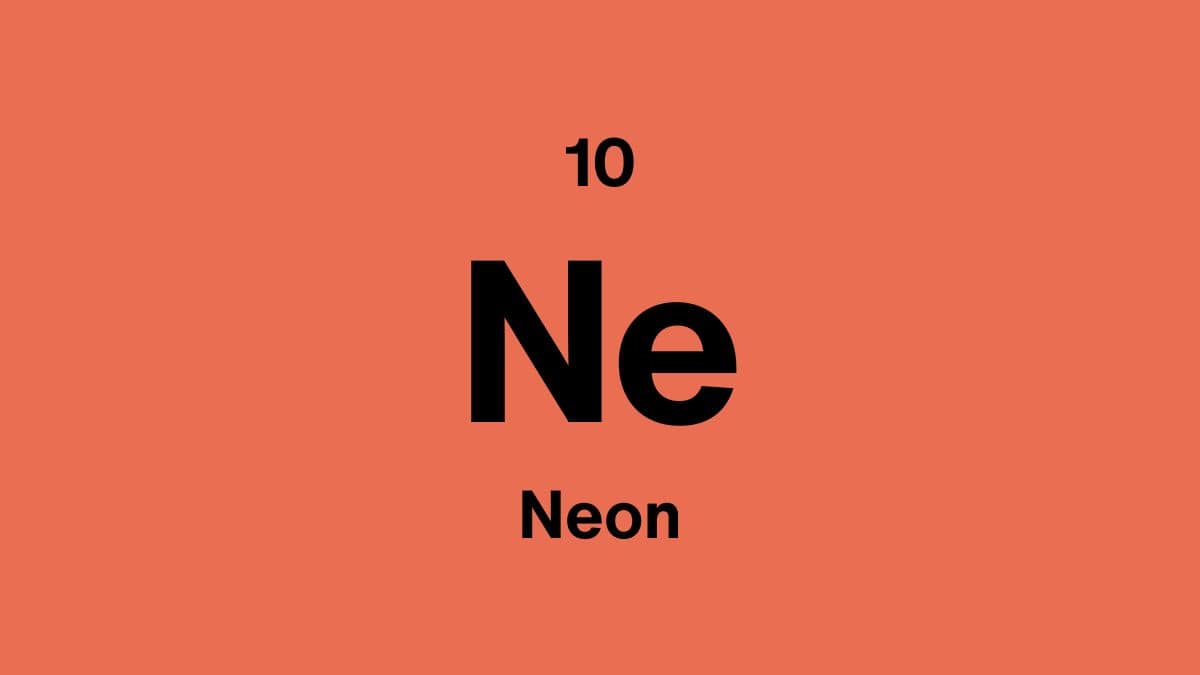Selenium: From vital nutrient to industrial powerhouse
Selenium exhibits unique chemical properties due to its position between metals and nonmetals, making it versatile in industrial, electronic, and biological contexts. It exists in several allotropes, including metallic grey and red forms, each with distinct properties.
In industry, selenium is used in glass production, pigments, and electronics. In biology, it functions as an essential trace element, critical for antioxidant enzymes and thyroid hormone metabolism. Understanding selenium’s chemical behavior allows safe and effective use across diverse applications.
This article covers selenium’s properties, natural sources, industrial applications, health benefits, and primary compounds.
Properties of selenium
| Atomic Number: | 34 |
| Atomic Symbol: | Se |
| Atomic Weight (amu): | 78.971 |
| Electronegativity: | 2.55 |
| Melting point: | 221.00°C | 429.80°F | 494.15K |
| Boiling point: | 685.00°C | 1265.00°F | 958.15K |
What does selenium look like?
Selenium appears as metallic grey crystals or red amorphous powder. The metallic allotrope is shiny and brittle, while the red form is less conductive but more stable in powdered form. Its appearance varies depending on the crystalline structure.
Will we ever run out of selenium?
Selenium is relatively rare but widely distributed in trace amounts within ores, particularly copper and lead. Mining and refining selenium from these ores ensures industrial supply. Recycling from electronic waste can supplement natural sources.
Can selenium be recycled?
Yes, selenium can be recovered from industrial waste, including:
- Byproducts from copper refining
- Spent photovoltaic cells and electronics
- Glass manufacturing residues
Where can selenium be found?
Selenium is naturally present in minerals such as:
- Selenite (SeO3): Rare selenium oxide mineral
- Selenide minerals: Found in combination with metals such as copper and lead
Major selenium producers include China, Japan, and Canada. Selenium is commonly extracted as a byproduct from copper refining.
Is selenium expensive?
Selenium is moderately priced, with value influenced by industrial demand for electronics, glass, and solar cells, as well as availability from metal refining byproducts.
Does selenium have a biological role?
Selenium is an essential trace nutrient in humans and animals. It is a critical component of antioxidant enzymes, supports thyroid function, and contributes to immune health. Both deficiency and excess can cause health problems.
What is pure selenium used for?
- Electronics: Photocells, rectifiers, and solar cells
- Glass manufacturing: Decolorizing and enhancing optical properties
- Pigments: Red and black selenium compounds for paints and plastics
- Nutrition: Dietary supplements and animal feed additives
- Alloys: Improves machinability of steel and copper alloys
What are the main compounds with selenium?
- Selenium Dioxide (SeO2) : Used in glass refining, organic synthesis, and pigments.
- Sodium Selenite (Na2SeO3) : Commonly used as a dietary supplement and in animal feed.
- Selenium Sulfide (SeS2) : Applied in anti-dandruff shampoos and fungicides.
- Gallium Selenide (GaSe) : Semiconductor used in optoelectronics and photovoltaic devices.
Who discovered selenium?
Selenium was discovered in 1817 by the Swedish chemist Jöns Jacob Berzelius, shortly after he noticed tellurium impurities in sulfuric acid production. Its name is derived from the Greek word “selēnē,” meaning moon, due to its similarity to tellurium.
Is selenium dangerous?
Selenium is toxic in high concentrations. Chronic exposure can lead to selenosis, causing hair loss, nail changes, and neurological symptoms. Industrial and laboratory handling requires proper safety measures.
Fun facts about selenium
- Selenium is a key component in photovoltaic cells for solar energy conversion.
- Trace selenium deficiency affects millions worldwide, contributing to heart and thyroid issues.
- Its name is inspired by the moon, complementing tellurium, named after Earth.
- Adding selenium to stainless steel improves corrosion resistance and machinability.
- Selenium compounds can act as pigments, producing vibrant red and black colors in glass and ceramics.
Scientific data verified from RSC, Britannica, and the Minerals Education Coalition.



